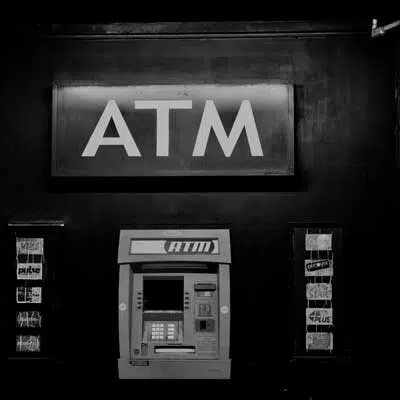Despite the decades-old rise of electronic payments at the expense of cash, the rate of decrease in ATM cash withdrawals has slowed down, and more consumers are avoiding fees by using their own financial institution’s ATMs, according to the Federal Reserve.
The Fed’s latest triennial payments study released last month says ATM cash-withdrawal transactions declined at a compounded annualized rate of 0.9% from 2015 to 2018, down from the 3.4% annualized decrease in the Fed’s previous study period of 2012 to 2015.
The total number of ATM cash withdrawals was 5.1 billion in 2018, a slight decline of 100 million from 2015. Cash withdrawals had remained steady at just below 6 billion annually from 2003 to 2012, Fed data show.

Most of the 2015-18 decline was driven by consumers using their own bank or credit union’s ATMs, thus avoiding surcharges imposed by the ATM owner for non-customer use, or so-called foreign fees charged by their own institution when customers use another institution’s ATM. On-us cash withdrawals totaled 3.4 billion in 2018, relatively stable with 2015, but foreign transactions fell to 1.7 billion in 2018 and posted a compounded annualized decline of 3.7% in the 2015-18 period. Those trends pushed the share of on-us cash withdrawals to 67% from 64% three years earlier.
While the number of ATM cash withdrawals is still declining, their value continued a long-term upward trend in 2018, all of it driven by on-us transactions. Withdrawals totaled $800 billion in value, up $30 billion from 2015. Values grew at a compounded annual rate of 1.5% over the three years. The average value of a withdrawal increased by $10, or 7%, to $156 in 2018 from $146 in 2015.
Once again, the growth came in on-us withdrawals, where values grew at an annualized rate of 3% in the study period. At the same time, the value of foreign ATM withdrawals declined at a 2.3% annualized rate. That drove up the share of on-us withdrawal value to 73.1% in 2018 from 69.9% in 2015.





